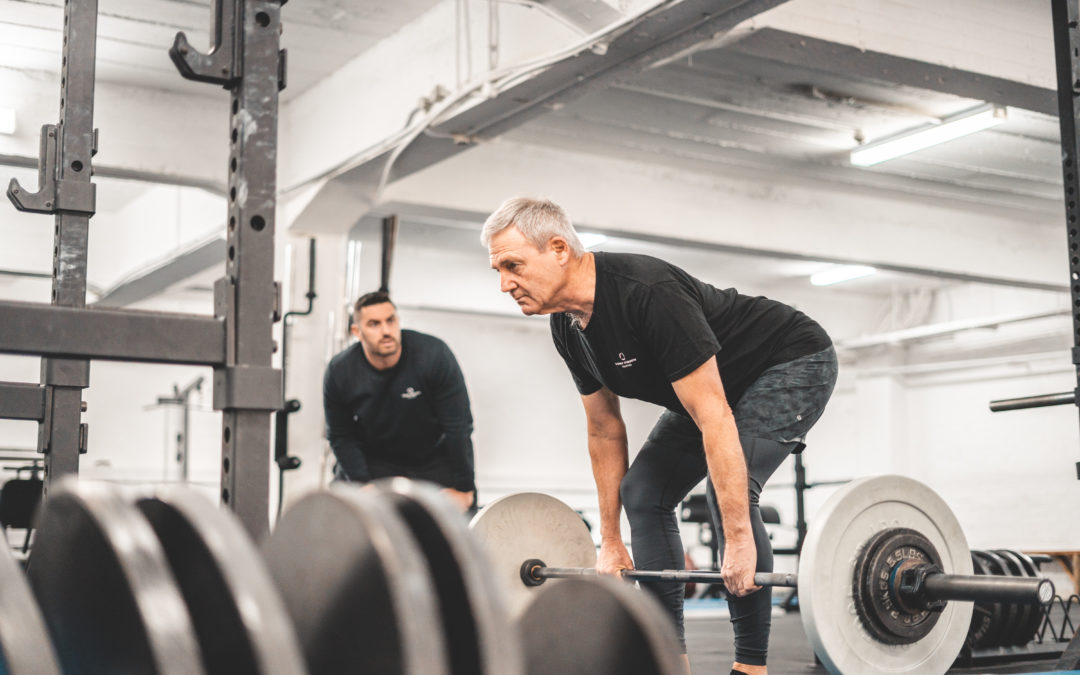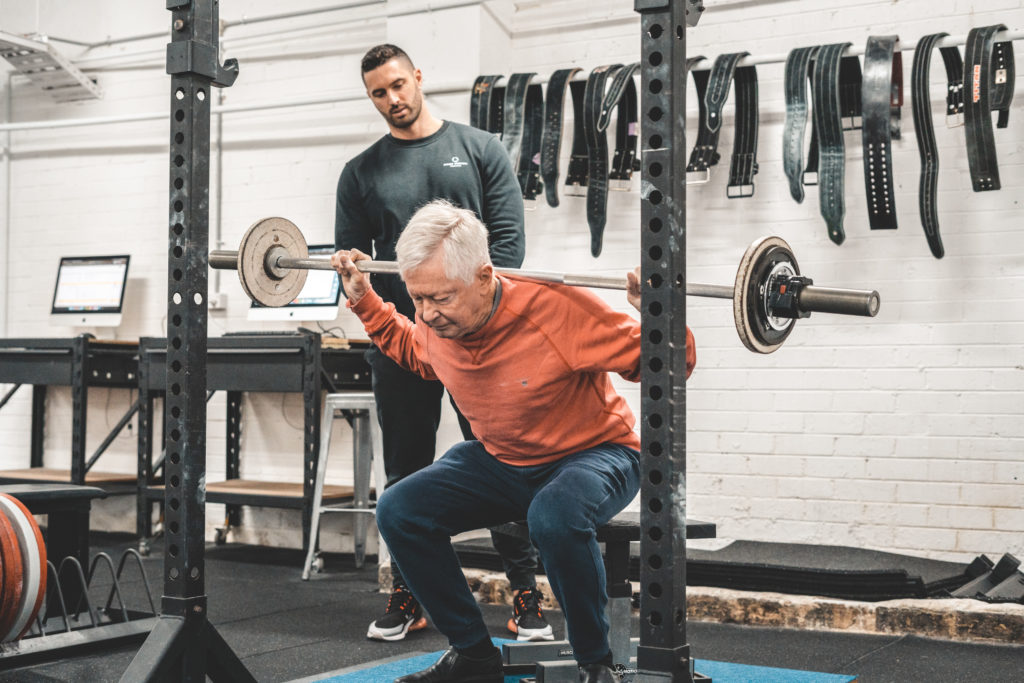How often have you heard, “You should train your core” to perform better and stay healthy? At Hobart Strength Training, we value clarity in our messaging. First, “core” is a vague term that’s often thrown around. A Journal of Sports Medicine article explains: “There is less clarity about what exactly constitutes ‘the core,’ either anatomically or physiologically…” ¹. Second, “core strength” is often linked to lower back pain. It’s assumed that direct mid-section work is needed to prevent lower back pain. A 2019 meta-analysis explored this idea. Researchers found that exercise helps with chronic low back pain, but Pilates and motor control training (classical “core training”) are no better than resistance training². So, what does that mean for you? Today, we’ll define the core, show how to train it effectively, and explain its benefits.
What is the ‘Core’?
We define the muscles of the trunk (between the shoulders and hips) as “the core.” This includes the Rectus Abdominis (your abs!), Internal & External Obliques, Transversus Abdominis, Hip Flexors, Quadratus Lumborum, Erector Spinae, and more. These muscles help you bend forward, backward, side to side, and rotate. With this in mind, we like the definition of “core stability” as “the ability to control the position and motion of the trunk over the pelvis to allow optimum production, transfer, and control of force” ¹. A stable midsection improves force production in the rest of the body. A study on lifting belts and squats found that participants wearing belts moved upward faster. As we know from our basic physics, force equals mass multiplied by acceleration! Belts increase intra-abdominal pressure, promoting midsection stability and as a result, greater force production as evidenced by speed moving upwards in the squat³.
How to train your ‘Core’
Firstly, for those managing lower back pain, the Royal Australian College of General Practitioners offers a great resource on exercise here. It confirms that exercise is safe and effective, and that personal preference, consistency, and gradual progression matter more than the specific type of exercise. Secondly, “Strength is Specific.” To improve at a particular movement, you need to train it directly. That is, if you want to get better at sit-ups, you have to do your sit-ups! Otherwise, an integrated approach to training works well. Full-body exercises naturally engage the midsection while training multiple muscle groups. For example, Squats, Deadlifts, Bench Presses, Standing Presses, Bent Over Rows, and Pulldowns all target the upper or lower body and core. While these movements don’t isolate core muscles—just as they don’t isolate leg or arm muscles—they still stimulate the core effectively.
Get to the core of the matter
At Hobart Strength Training, we believe in efficiency. Your time is valuable, and we want to help you maximize your workouts by covering your entire body from head to toe. Compound exercises are a powerful way to build mid-section strength while training the upper and lower body together. While training the core directly isn’t necessary, exercises like Sit-Ups, Russian Twists, and Side Bends can serve as useful additions. The key takeaway? Improving your core strength can be beneficial—but it doesn’t require endless crunches. Instead, exercises like Squats, Deadlifts, and Presses already develop a strong and stable midsection. If you’re looking for personalized guidance on strengthening your core effectively, reach out to one of our expert coaches today.
References:
- The role of core stability in athletic function – PubMed (1)
- Which specific modes of exercise training are most effective for treating low back pain? Network meta-analysis – PubMed (2)
- The effects of a weight belt on trunk and leg muscle activity and joint kinematics during the squat exercise – PubMed (3)
- Exercise therapy for chronic low back pain – PubMed
- RACGP – Exercise for ongoing low back pain

